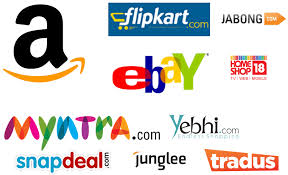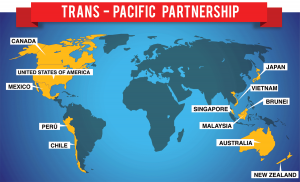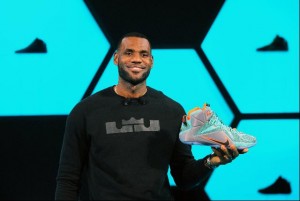Remember the days when people actually went to the store to purchase items? Me neither. I have already talked about companies switching their marketing tactics and taking an online approach in advertising their product. However, this has gone beyond the scope of just marketing because now you can even purchase any item you want from the comfort of your home. There is no need to drive 30 minutes to the nearest mall because now you can browse on the company’s website and see everything they have in stock, from what sizes you need to what color you are looking for. Many people would say this has made life much easier and has changed the world for the better. In my opinion, traditional shopping holds more value then just purchasing an item. For me growing up, going to the mall was the one thing I looked forward to every week. Just the excitement of leaving the house and having an outing with my parents was a huge deal for me. Traditional shopping was a time for bonding with loved ones and sharing fun experiences with them. I do agree, that online shopping has made life a lot simpler and I myself have shopped online various time. However, it has made us humans a lot lazier. Technology is on the rise and so is obesity. Humans have reached an all time high of obesity and this will continue to increase as technology continues to reduce human effort. Although the world continues to change with technology and we must adapt to it, I do believe traditional physical shopping holds much value and that there should be a balance between the two.
Work Cited:
http://www.atechnologysociety.co.uk/has-online-shopping-made-life-easier.html
Pictures:










